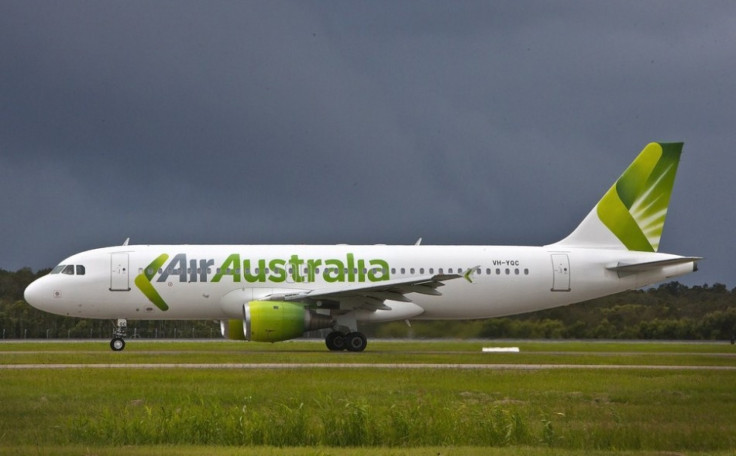Air Australia Collapse: How It Happened

They'd been running on fumes for months and, in the end, they couldn't even pay for gas.
When Australian discount-travel airline Air Australia decided to file for bankruptcy in the wee hours of Friday morning, the decision did not reflect a long thought-out restructuring as was the case in the recent bankruptcy of American Airlines.
Instead, the development came out of the inevitable, as a refueling station in the Phuket, Thailand, refused to gas up one of the company's Airbus A330-200 planes, citing Air Australia's unpaid fuel debts. Rather than pony up the tens of thousands of dollars owed, the firm simply called it quits.
It currently appears that there are no funds available to meet operational expenses, so flights will be suspended immediately, the company said in joint statement Friday with its newly appointed bankruptcy administrators.
The bankruptcy comes a day after major carrier Qantas noted an 83 percent decline in profits would lead it to fire 500 workers.
No Surprise
The convoluted path of Air Australia, which is less than four months old and operated on a leased fleet of five aircraft, is being framed as a case study in which corporate hubris and a hands-off approach from corporate regulators combined to deliver a spectacular demise.
Just weeks after the airline opened, launching into the low-price fare field being abandoned by competitor Virgin Australia, it flew plane-loads of local celebrities to Hawaii to raise its profile. It also sponsored an Australian IndyCar racing event, spending hundreds of thousands to transport the vehicles involved in the race. It also became a major sponsor of the Australian Open golf tournament.
'We're new, so we have to buy our market share, CEO Michael James told The Courier Mail last year. At the same time, he was telling the Sydney Morning Herald his firm would be profitable in a year ''without a doubt.
Meanwhile, the company was struggling. In December 2011, just weeks after launching, two large insurers announced they would not be dealing with the company since it refused to open its finances for inspection. Staff on the airline were reportedly paid as little as AU$90 ($96.58) per day, and told not to eat on-board offerings.
Just a week ago, Air Services Australia, the government agency involved in airport operations, said it was suing Air Australia for unpaid fees.Yet according to one Australian newspaper, The Age, another government agency that should have raised a red flag earlier was asleep at the switch.
In January, the Australia's Civil Aviation Safety Authority, which reviews airline's finances to ensure they have enough cash flow to meet safety requirements, gave the company the green light, reissuing its vital aviation license.
CASA spokesman Peter Gibson told The Age it was not the watchdog's role to ensure an airline's financial viability beyond any impact on safety.
Stranded
Besides the people currently stranded in Thailand, Hawaii and Brisbane, the airline has apparently sold about 100,000 unused tickets, whose status is uncertain.
Our priority is the passengers and the employees, then the next phase will be, 'Can this business be sold as a going concern?' Can we find a white knight?', and then we'll do our investigation. So, the next 48 hours we'll go through that, Mark Korda, the bankruptcy administrator told The Age.
That prospect seems unlikely, say industry experts.
The fleet is pretty old and rather than pay anything for it, the other [airliners] will be happy to pick up passengers on routes.. it's a small carrier that had less than 1% of the market share, Russell Shaw, an analyst for Australian investment bank Macquarie, told Deal Journal Australia.
© Copyright IBTimes 2025. All rights reserved.





















